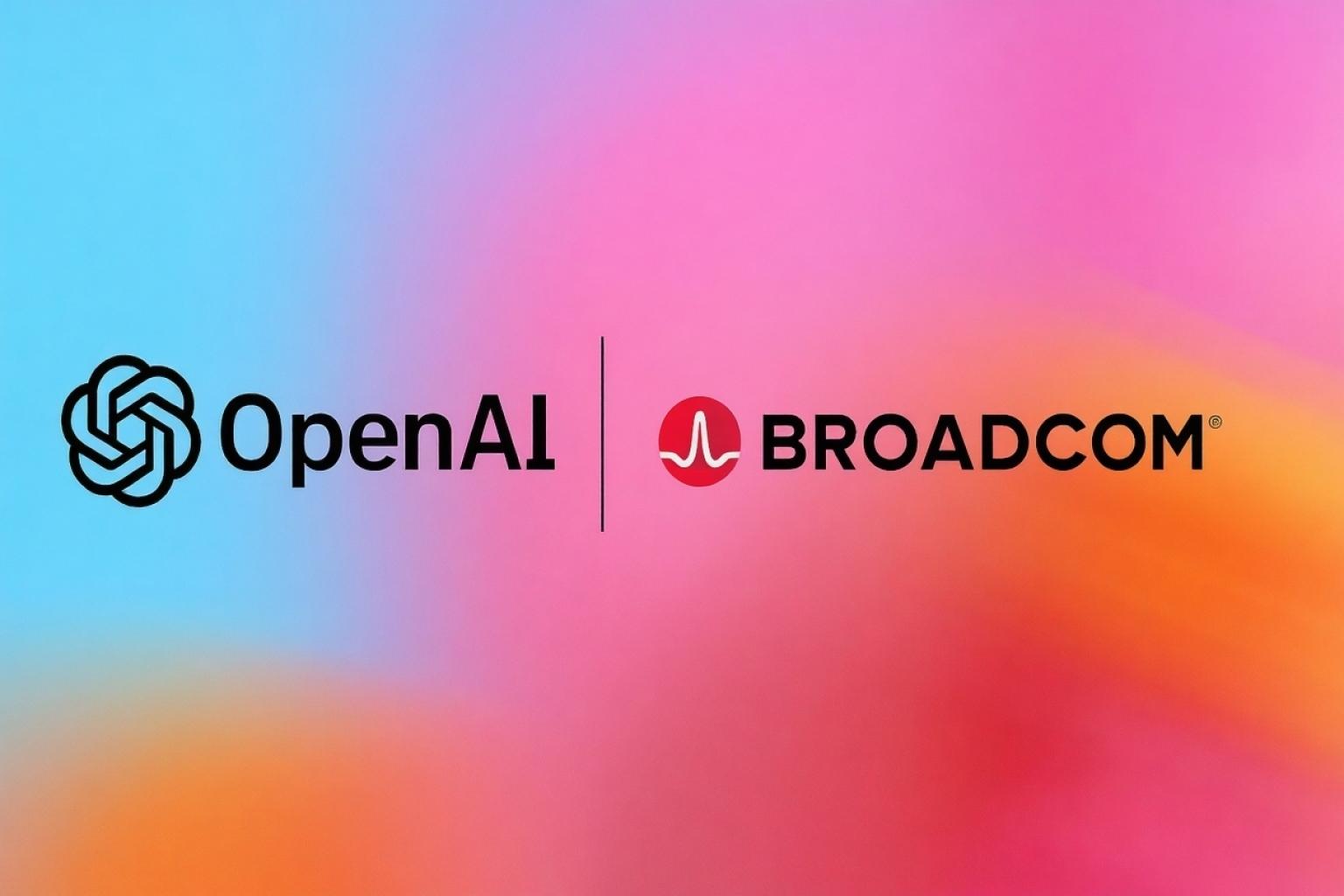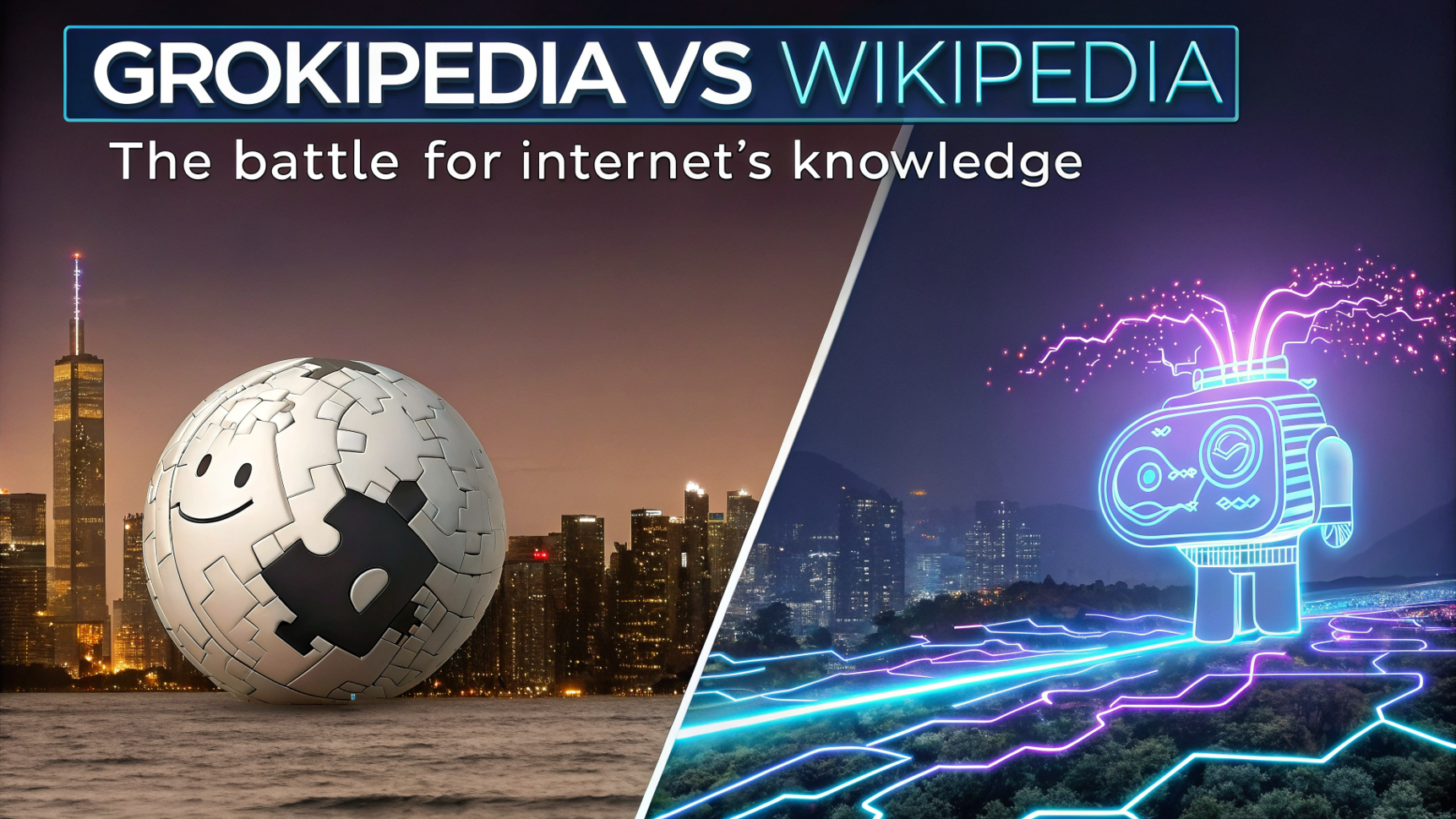Introduction
In a bold shift, OpenAI just announced a major partnership with Broadcom to design and deploy 10 gigawatts worth of custom AI accelerators. This is not just another hardware deal; it signals how seriously AI firms are now thinking about owning the stack from software down to silicon.
Let’s break this down — what it means, why it matters, and how it might shape the future of AI.
What Is the OpenAI–Broadcom Deal?
- Joint design & development: OpenAI will lead the chip and system design, while Broadcom will build and deploy them.
- Scale & timeline: Deployment starts in the second half of 2026, and the rollout aims to complete by end of 2029.
- Scope: 10 gigawatts of power — enough computing to rival large national electricity demands.
- Infrastructure choice: These racks will use Ethernet and other Broadcom networking technologies for scaling.
In short: OpenAI is stepping into the hardware arena in a serious way.
Why This Move Matters
1. Reducing dependency on external chip suppliers
Currently, most AI compute relies on GPUs from companies like NVIDIA or AMD. By building its own accelerators, OpenAI can internalize more control over cost, performance, supply, and optimization for its own models.
2. Tighter integration between models and hardware
When you design both the model and the chip, you can co-optimize by embedding the lessons from deep learning directly into hardware decisions (memory layout, data flow, interconnects, etc.). That may yield more efficiency and performance gain than “generic” chips can offer.
3. Scale for future AI workloads
Large models demand extremely high compute and energy budgets. A 10 GW commitment is a bet that AI’s growth will require infrastructure at this scale.
4. Competitive dynamics in AI infrastructure
This positions OpenAI more directly against big cloud providers or AI giants who are also investing in custom chips (e.g. Google, Meta). It’s a signal: the future will be shaped not just by AI software, but by who owns the compute.
What Challenges Lie Ahead
- Design & manufacturing complexity: Building a high-performance, power-efficient AI accelerator is extraordinarily hard — many companies have tried and failed to outperform GPUs.
- Software ecosystem: Hardware is only useful if software (compilers, libraries, toolchains) can leverage it. Building out a full stack is nontrivial.
- Cost & risk: The capital, energy, and time investments are massive. If the chips don’t deliver, or demand shifts, there’s risk.
- Competition & adoption: Other players (cloud providers, chip firms) will fight back, and ecosystems may resist new, proprietary hardware.
What This Means for Marketing & Business Audiences
For marketers, tech strategists, and enterprise decision makers, this is a reminder that AI capabilities are no longer just about models, but about the edge-to-core infrastructure supporting them. When your AI strategy depends on latency, cost, or scale, the underlying hardware matters more than ever.
Also: investing in or aligning with platforms, tools, or alliances around custom AI hardware might be a smart move as the field evolves.
Looking Ahead
- Keep an eye on performance metrics once the accelerators start rolling out.
- Watch how Broadcom’s networking stack (Ethernet, PCIe, optical) plays with the AI compute side.
- See how this affects OpenAI’s relationships with NVIDIA, AMD, and cloud providers.
- Monitor whether other players double down on custom silicon — will this trend accelerate across the AI industry?
source: openai.com
Leave a comment
Your email address will not be published. Email is optional. Required fields are marked *










